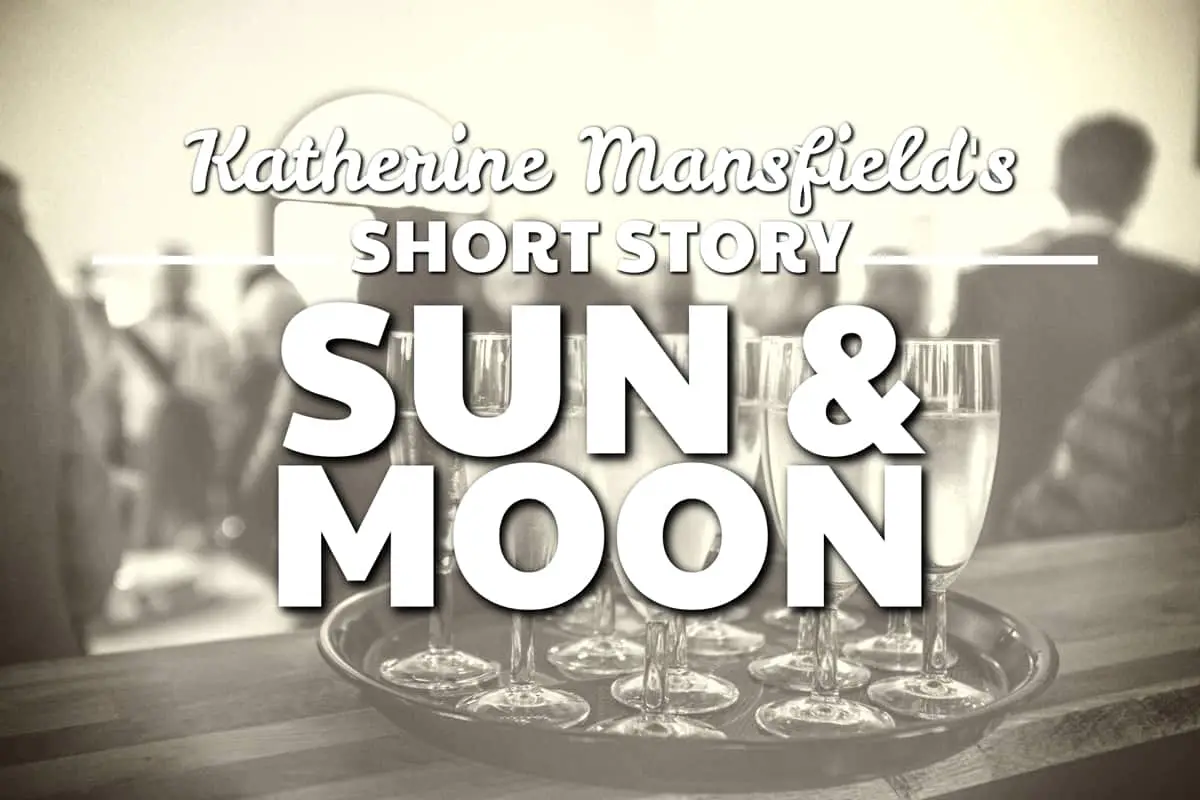“Sun and Moon” is a short story by Katherine Mansfield, written 1918.
The story opens with a description of gold chairs, which reminds me of a totally unrelated Colin Carpenter (Comedy Company) skit:
And while I’m being random, I read recently in a Marcus Chown science book that tides are caused by both the moon and the sun, with tides of the moon being twice as big as tides of the sun, because the moon is closer. I had never really implicated the sun into my understanding of how tides work.
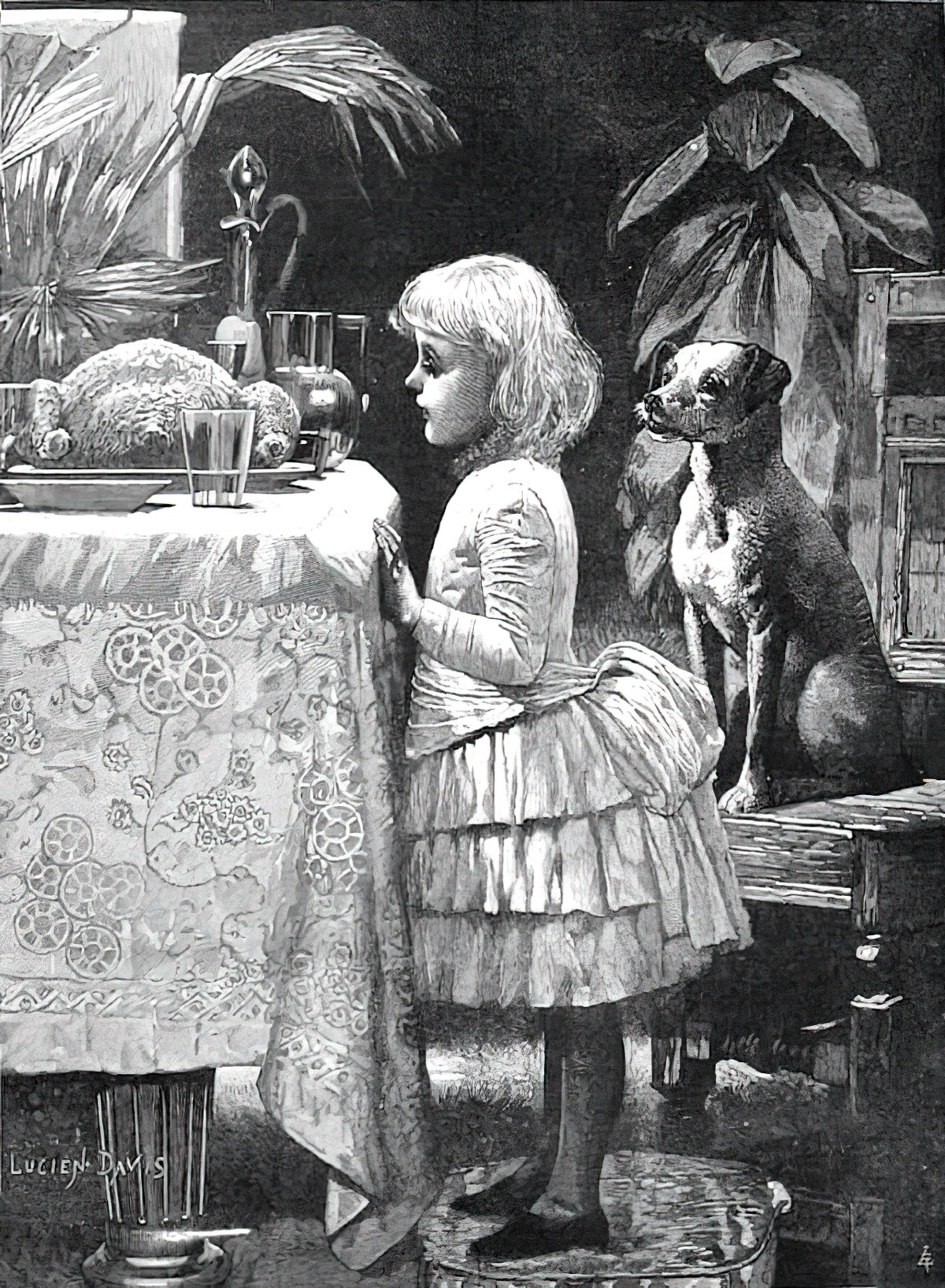
What Happens In “Sun and Moon”
- As the story opens the whole house is involved in preparing for an ostentatious party. (Party preparation also forms the bulk of “The Garden Party”.)
- Nothing feels norma to the children, named Sun and Moon: Cook is nicer than usual, there is a man come to tune the piano, Nurse is too busy to look after them (when presumably that is her entire job).
- Cook takes the children by the hand and shows them the marvellous food in the fridge. Sun is taken by the nut which serves as a door handle on the little green house.
- The children are dressed up to greet the guests. Then they are sent to bed.
- Their sleep is disturbed by the excitement of the party downstairs.
- When the guests have gone, Father finds the children on the stairs and brings them down to have some of the leftover food.
- But when Sun sees the food has all been destroyed he is upset, lets out a loud wail and is sent back to bed.
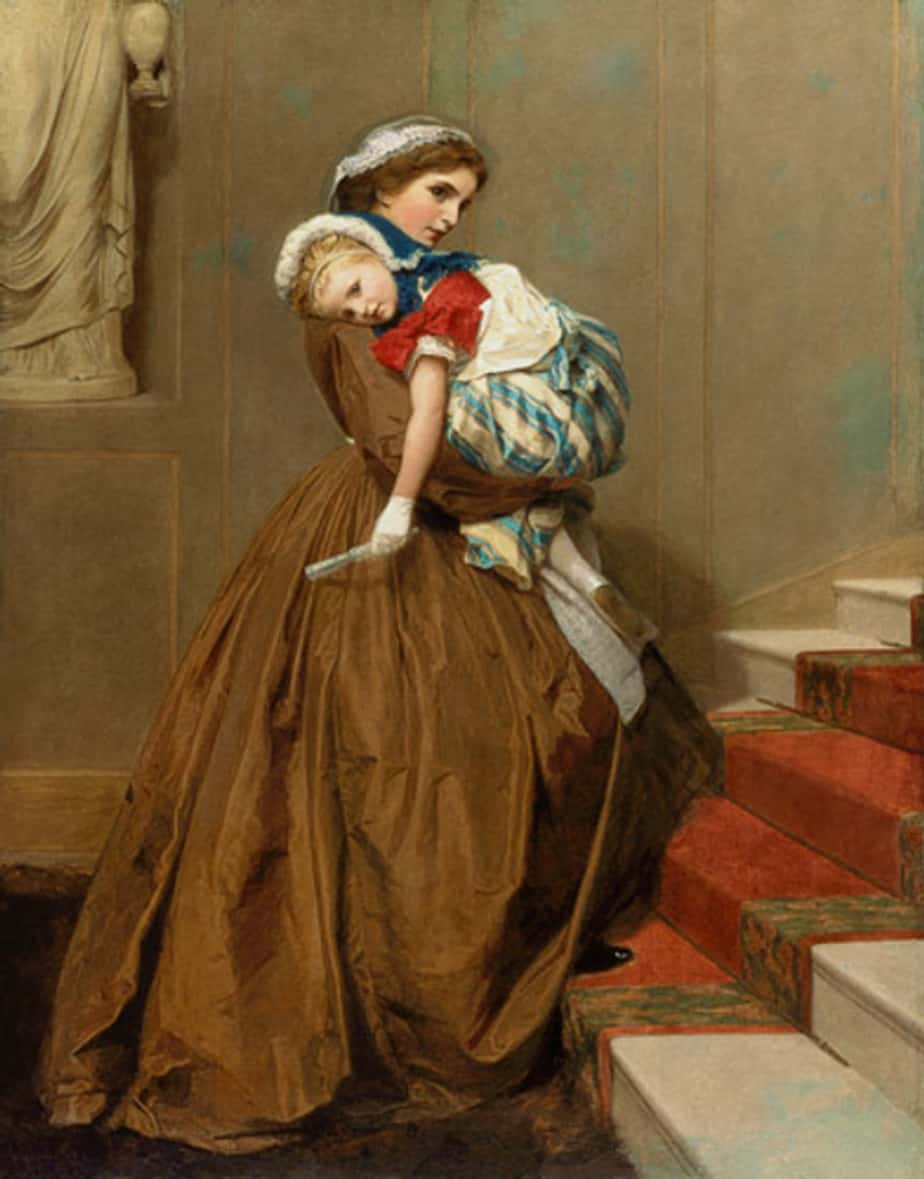
SETTING OF “SUN AND MOON”
The story takes place inside the house of an upper class family who live like the old aristocracy, with a Nurse to bring up their children, while a large part of their main job is socialising among people of their own class. This is a Downton Abbey setting.
Mansfield spends a lot of time on details, of the flowers, chairs etc. and it’s all from Sun’s point of view. As in “The Voyage”, the reader is forced to notice the things a child would notice.
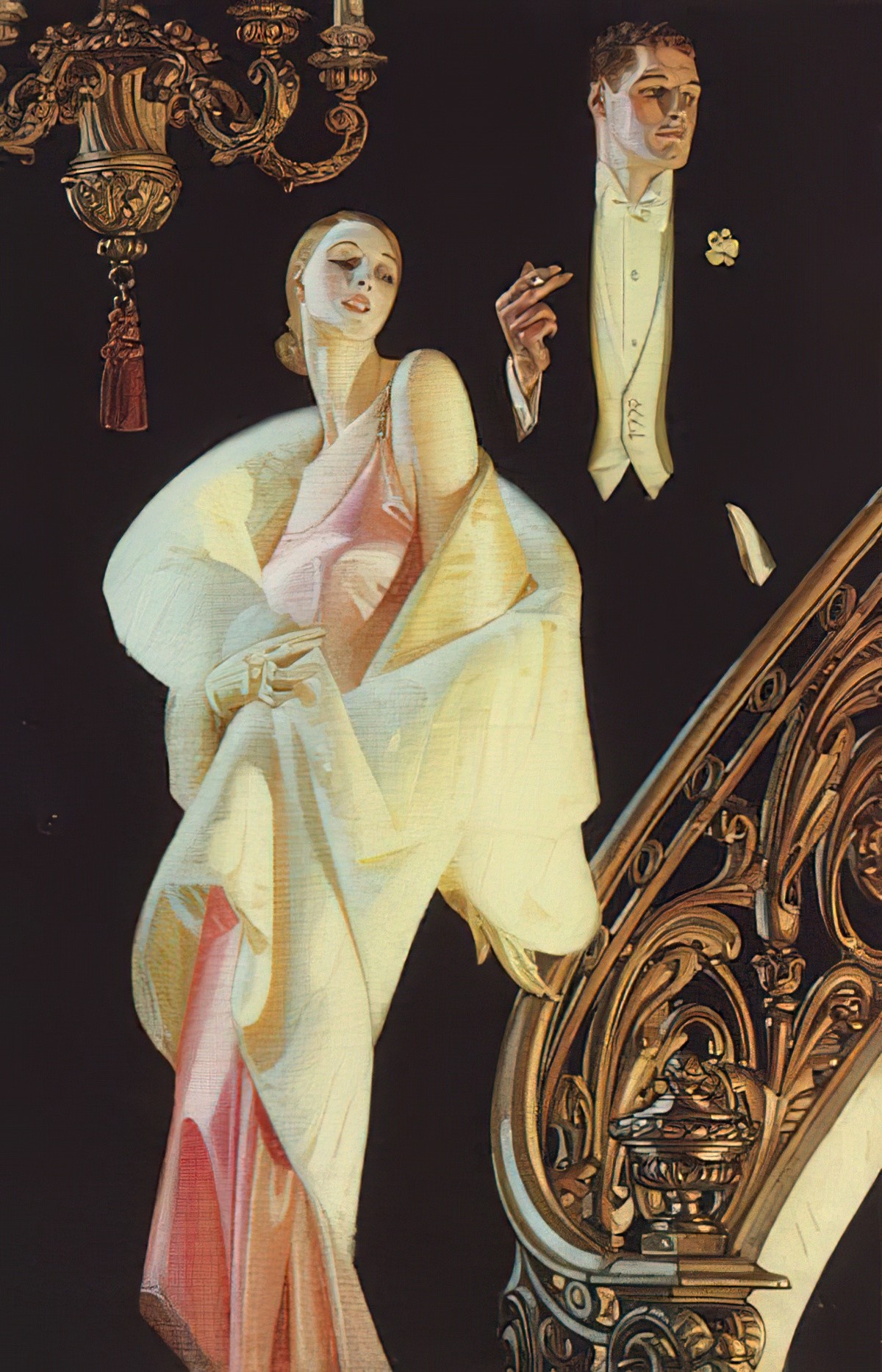
STORY STRUCTURE OF “SUN AND MOON”
NARRATION
Multi-personal point of view records the children’s reactions at various points:
“Oh! Oh! Oh! It was a little house…”
“But – oh! oh! what had happened?”
“broken – broken – half melted away in the center of the table”
The majority of “Sun and Moon” is told in third person limited POV: limited to the thoughts of Sun. This narrative choice encourages the reader to empathise with Sun’s feelings about the green house and the nut. Ideally we remember our own childhoods as we read.
- Do you have an early memory of a big social gathering which required a lot of preparation?
- Do you remember the sorts of questions adults would always ask you?
- Who were your favourite adults, outside your family? How did they treat you differently?
- Do you remember a time when something you loved was destroyed?
- What was that thing? Why were you so enchanted by it?
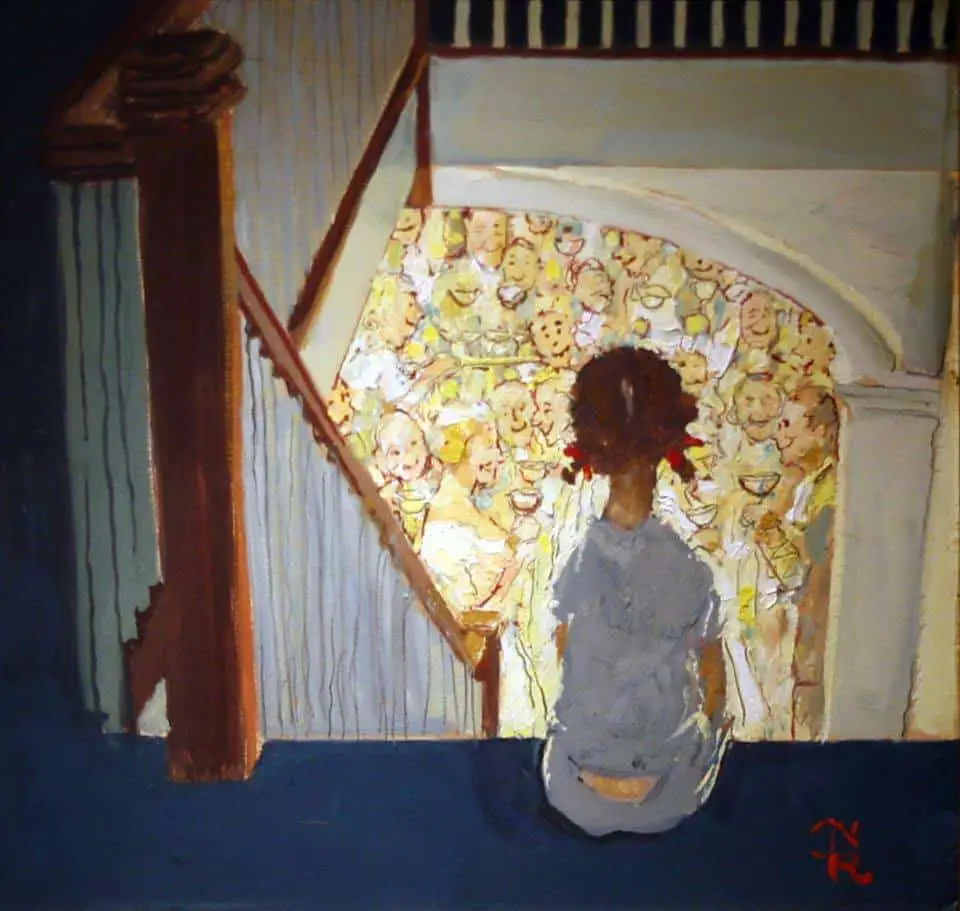
SHORTCOMING
In common with almost every single young child in a story, the children’s main shortcoming is their powerlessness, owing to dependence, youth and naivety.
Layered over that, Mansfield does an interesting thing with the symbolism: Throughout “Sun and Moon”, the children’s psychological needs are symbolised by hunger. (For another example of the same technique see “A Suburban Fairy Tale”.)
DESIRE
There is no strong, obvious desire line from Sun in this story. Because he is so young, he doesn’t really know what it is he wants.
By the end of the story we know that what he wants is for things to stay amazing, whole and intact. With a crowd of drunk adults around, this is never going to happen…
OPPONENT
Along with “See Saw” and “The Voyage“, “Sun and Moon” is a story which juxtaposes children and adults. The adults are opponents because their party is designed to destroy the entire set up.
Unlike their son, the parents remain in a kind of everlasting innocence in their failure to see his distress. Their drunkenness highlights their regression to childhood; they have become playful with each other again. Mother calls Father a ‘naughty boy’, but as Son realises, she is not talking to him. This is a little perplexing for Son; he is not used to seeing his parents like this.
The parents probably do not spend a lot of time with their own children, addressing them as if they don’t know them very well. Care of the children is spread among the house servants, particularly Nanny, and also Cook, who is the only adult in the story who engages with the children as if she understands them. However, Cook is often overworked and therefore grumpy, as Sun observes.
The other adults are not really very interested in the children, engaging in the kind of small talk usually indulged in with small children by people who don’t know them well.
Moon is Sun’s foil character rather than his opponent. Whereas Sun is sensitive and serious, Moon is dainty, seductive, outgoing, flighty, extroverted and impulsive. When Moon sees the nut she wants to touch the house. This shows she is sensual and tactile. Moon sees the world at surface level, probably because she is younger.
The children’s names, quite obviously, reflect the roles they play. The sun and the moon, for Mansfield, represent ‘The Whole’. (Similar symbolism is found in “Bliss“.)
When Moon takes the nut, she becomes Sun’s opponent.
Symbolism Of The Little House
As the children admire the pre-party set up, the confection house represents a pre-lapsarian innocence in which everything is bliss. The children look forward to the party and are allowed to wait up, full of expectation. The see the feast in all its splendour, and then the guests arrive. Their parents get drunk. The food is spoiled. The children no longer want anything to do with the adult world and demand to be taken away. Perhaps, like me, this house made of sweets reminds you of Hansel and Gretel. As in the fairytale, this artefact seems made to draw children in (even though it’s a party for adults).
The confection house represents an ideal for Sun. When Moon grabs the nut and eats it he feels she has taken a part of himself – his ego – which is further diminished when he is sent back upstairs.
PLAN
The children don’t have the power to make their own plans, propelled along but the plans of their parents. They are dressed up like dolls, are required to greet the guests, then they are required to go to bed.
The parents’ plans take a different turn — drunk and happy, the father gets them up to see the leftovers, though he wouldn’t normally disturb their sleep in the middle of the night. Children are comforted by routine, and this is a deviation.
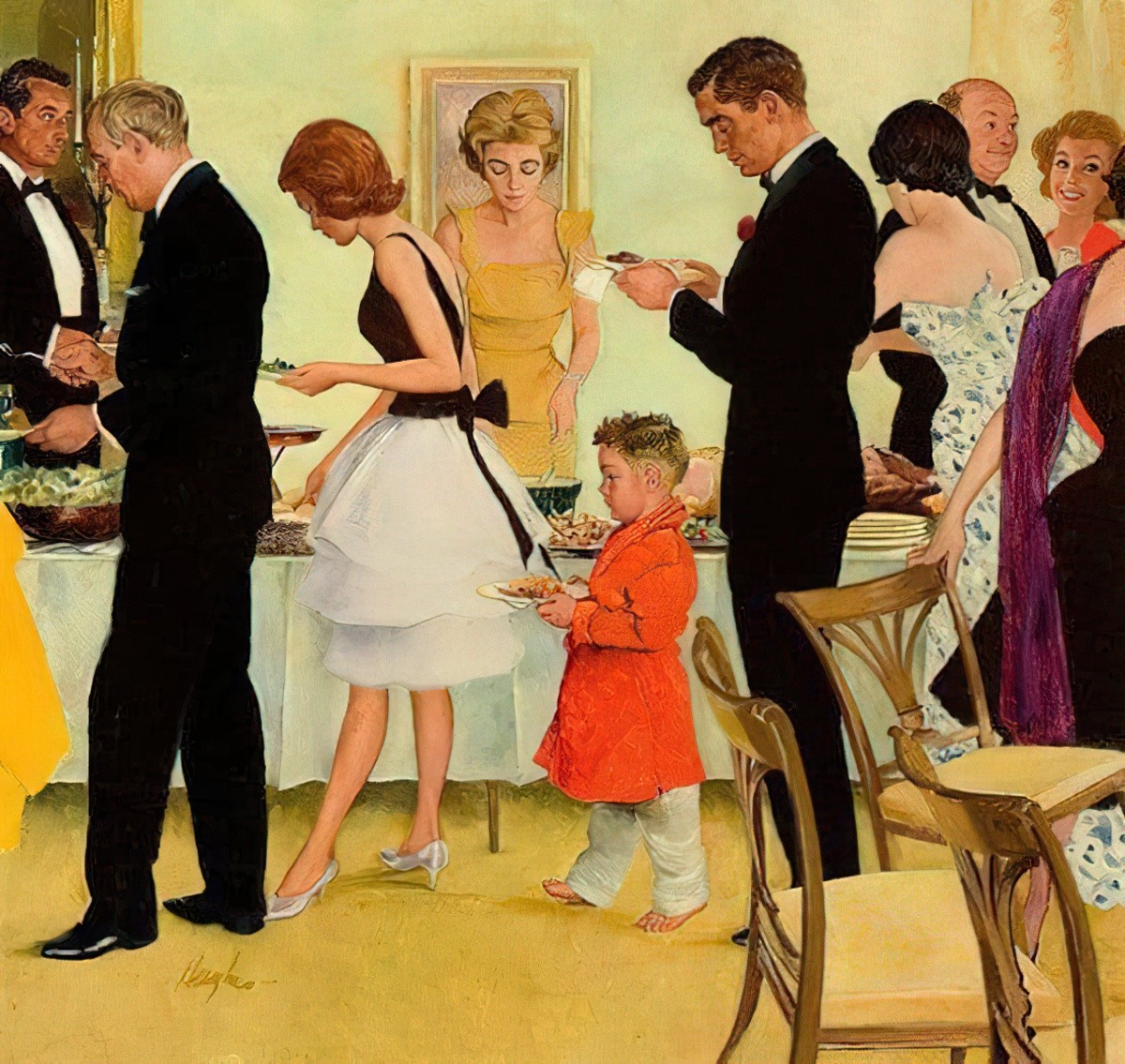
BIG STRUGGLE
The Battle scene is the part where Sun cries. He’s an overtired child, of course, but that’s only a surface level reading.
He’s crying for another reason…
ANAGNORISIS
Sun’s realisation might be described as a fall from innocence.
When Sun sees the nut he suddenly ‘feels tired.’ Like the whiskered man who attends the party later, Sun is already an old man in his own way; he has already walked round and round the table with his hands behind his back: a grandfatherly sort of body language. In fact, the grey whiskered man is an elderly version of Sun. Both of them are alone and quiet and both are equally taken with the nut. Mansfield aligns child with an elderly counterpart the way she also does in “The Voyage”. This trick achieves various effects:
- Time feels like a bit of an illusion. We normally think of time as linear, and the young and old as different species, almost. But by aligning old and young, we are encouraged to think of time in terms of snapshots in a photo album — at any given time you could pull a photo out, and the child version of an old man is as true a version of the man as the elderly version.
- We’re encouraged to take children seriously. The children are not treated seriously in this story. They are dressed up like dolls and prepped to greet as if they have nothing original to contribute themselves. The adults are irritated that Sun cries. They think they’re doing something special for their children. But they don’t dig deeper into any reason for the distress, in a way we might dig a bit deeper for a fellow adult.
When Moon lets out a wail, he has realised something quite profound.
I’m reminded of a child who spends all day building a house out of Lego. The nature of Lego is that it is meant to be pulled apart — the pulling apart is part of the fun. Without pulling it apart, no more Lego houses can be made.
Sun’s revelation: We work hard to create amazing, beautiful things, but those amazing, beautiful things cannot exist untouched in their pure form. The world, and our lives, are built around the physics of entropy.
The reader’s revelation: This applies to humans, too. We all get older. Boy = old man.
NEW SITUATION
The children are sent to bed and tomorrow their lives will continue as usual — we extrapolate. Sun may not even remember the incident, but he will remember the lesson: That all good things must end.
